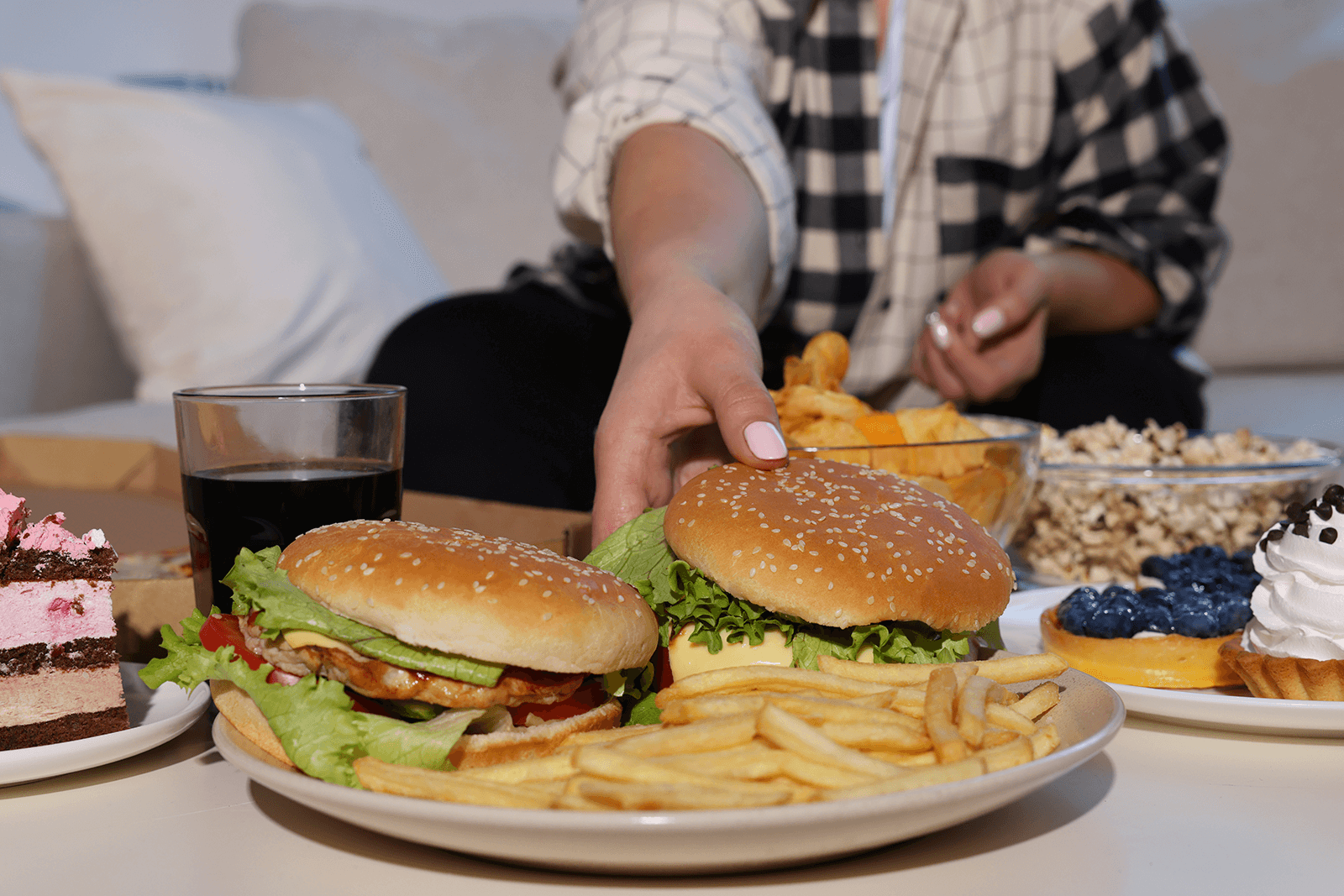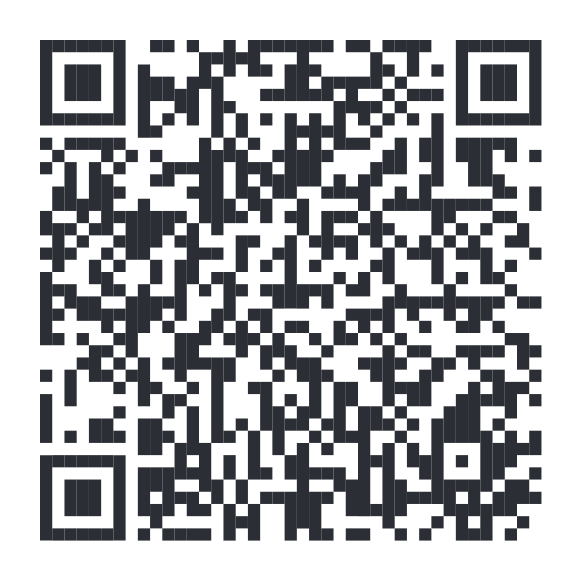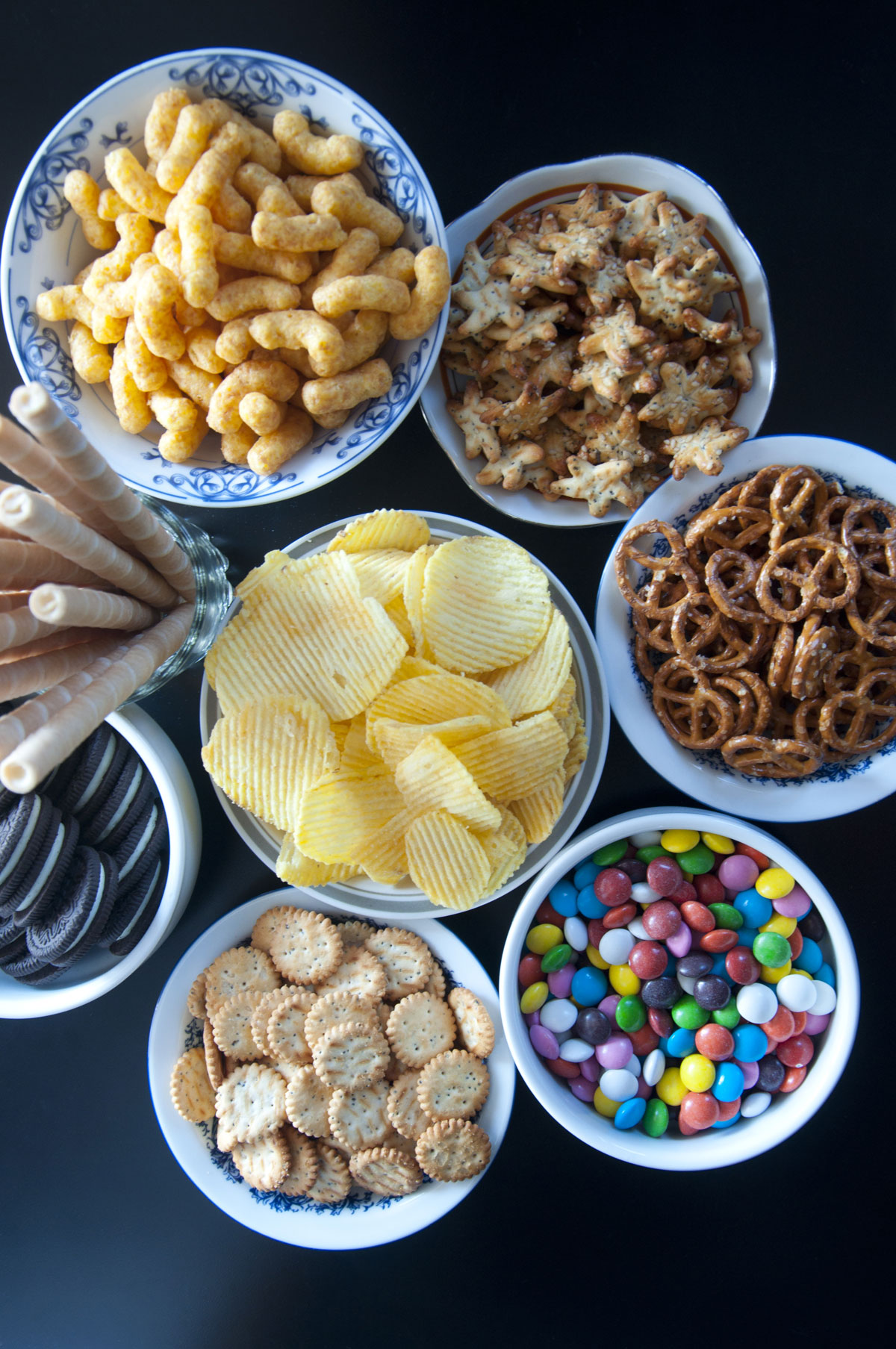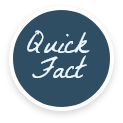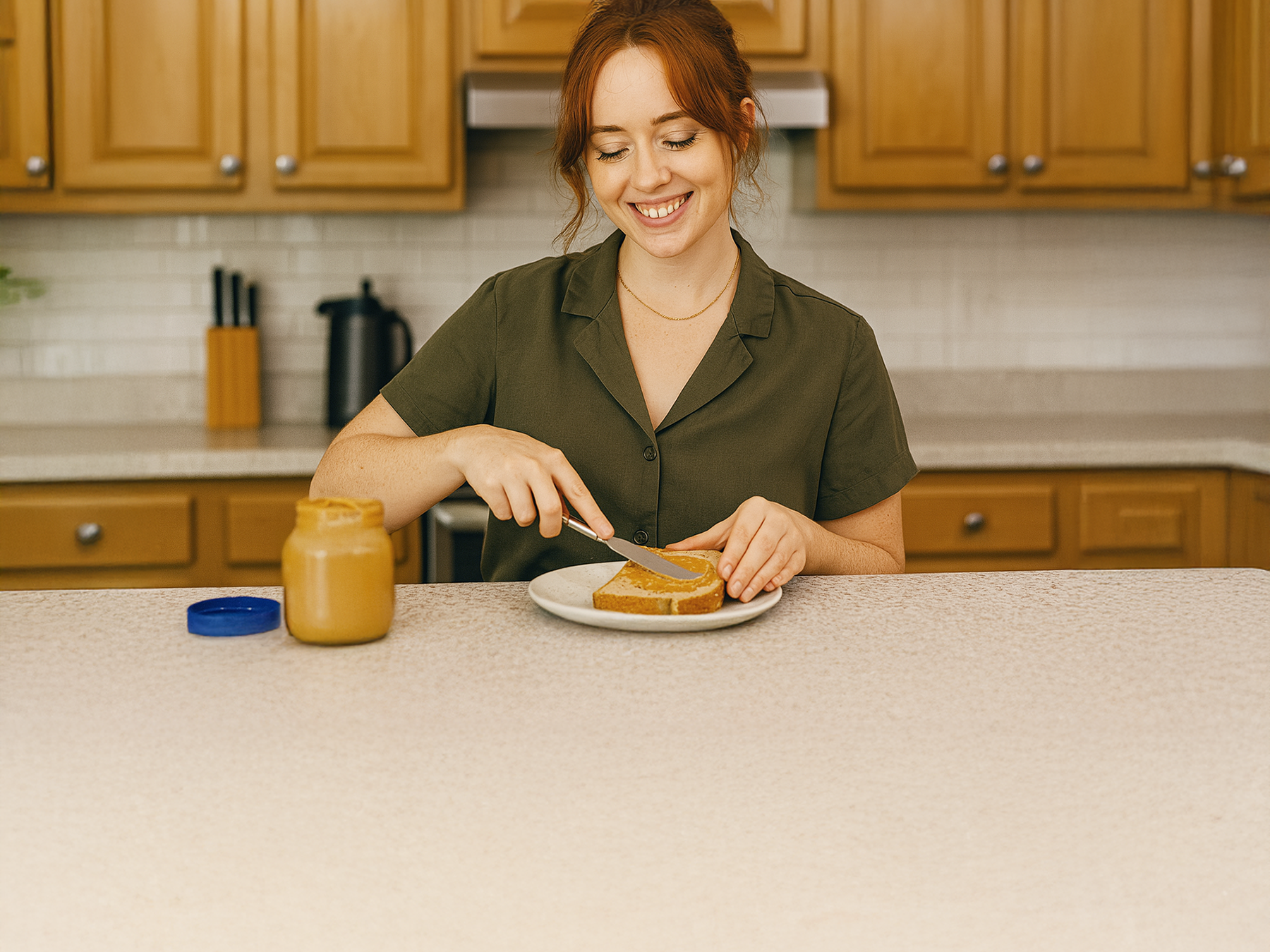Blake, J. S. (2025, January 23). Examining the NOVA food classification system and the healthfulness of ultra-processed foods. Academy of Nutrition and Dietetics.
https://www.eatrightpro.org/news-center/practice-trends/examining-the-nova-foodclassification-system-and-healthfulness-of-ultra-processed-foods
Food and Agriculture Organization of the United Nations. (2019). Ultra-processed foods, diet quality and health using the NOVA classification system.
https://openknowledge.fao.org/server/api/core/bitstreams/5277b379-0acb-4d97-a6a3-602774104629/content
Samuthpongtorn, C., Nguyen, L. H., Okereke, O. I., et al. (2023). Consumption of ultraprocessed food and risk of depression. JAMA Network Open, 6(9), e2334770.
https://doi.org/10.1001/jamanetworkopen.2023.34770
Lane, M. M., Gamage, E., Du, S., Ashtree, D. N., McGuinness, A. J., Gauci, S., et al. (2024). Ultra-processed food exposure and adverse health outcomes: Umbrella review of epidemiological meta-analyses. BMJ, 384, e077310.
https://doi.org/10.1136/bmj-2023-077310
Marino, M., Puppo, F., Del Bo’, C., Vinelli, V., Riso, P., Porrini, M., & Martini, D. (2021). A systematic review of worldwide consumption of ultra-processed foods: Findings and criticisms. Nutrients, 13(8), 2778.
https://doi.org/10.3390/nu13082778
Brown, S. (2024, May 20). These 7 breakfast staples are ultra-processed. How should you decide which one to avoid? Verywell Health.
https://www.verywellhealth.com/ultra-processed-breakfast-8648502
Martínez Steele, E., Khandpur, N., da Costa Louzada, M. L., & Monteiro, C. A. (2020). Association between dietary contribution of ultra-processed foods and urinary concentrations of phthalates and bisphenol in a nationally representative sample of the US population aged 6 years and older. PLOS ONE, 15(7), e0236738.
https://doi.org/10.1371/journal.pone.0236738
True Food. About us.
https://www.truefood.tech/about?store=all
Wikipedia contributors. Ultra-processed food. Wikipedia. Retrieved February 15, 2025.
https://en.wikipedia.org/wiki/Ultraprocessed_food#:~:text=Since%20the%201990s%2C%20UPF%20sales,processed%20food%20affects%20body%20systems
